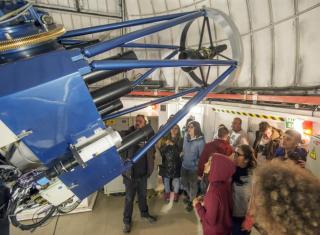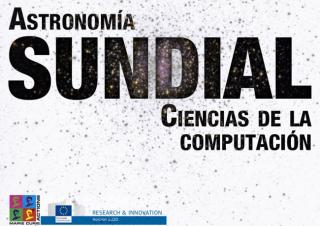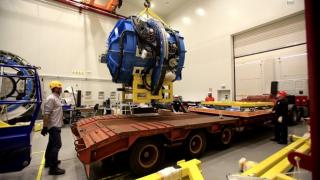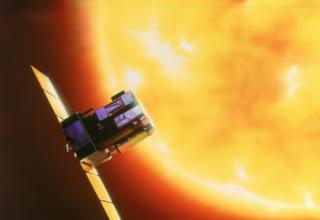
May 25th will be the final date to sign up for those teachers who want to attend this course, which will be held in Tenerife from 4th to 8th July, organized by the National Institute for Educational Technologies and Teacher Training (INTEF), the Menéndez Pelayo International University (UIMP) and the Instituto de Astrofísica de Canarias (IAC)
Advertised on




